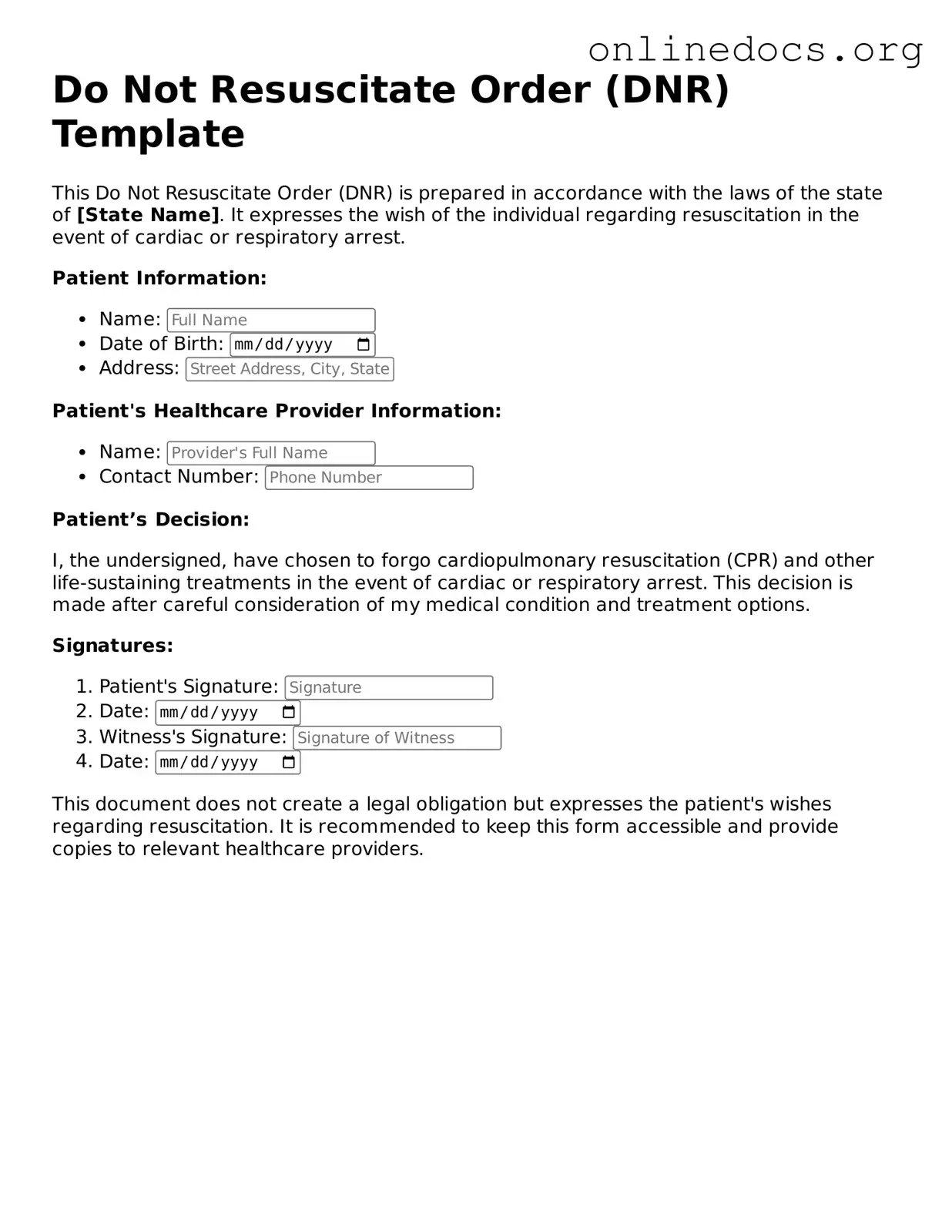A Living Will is a document that outlines your preferences for medical treatment in situations where you may not be able to communicate your wishes. Like a Do Not Resuscitate (DNR) Order, a Living Will addresses end-of-life care, allowing individuals to express their desires regarding life-sustaining treatments. This document can include instructions about whether to use artificial nutrition, hydration, or other interventions, ensuring that your healthcare providers understand your choices even when you cannot speak for yourself.
If you're considering a vehicle transaction, it's important to understand the significance of the simple trailer bill of sale template, which serves as a vital record for establishing ownership and detailing the terms of the sale.
A Healthcare Proxy, also known as a Durable Power of Attorney for Healthcare, allows you to appoint someone to make medical decisions on your behalf if you become incapacitated. Similar to a DNR Order, this document ensures that your healthcare preferences are respected. While a DNR specifically addresses resuscitation efforts, a Healthcare Proxy can cover a broader range of medical decisions, providing guidance and support during critical moments.
An Advance Directive combines elements of a Living Will and a Healthcare Proxy. This comprehensive document allows you to specify your medical treatment preferences while also designating someone to make decisions for you. Like a DNR Order, it helps ensure that your wishes are honored in medical situations where you cannot advocate for yourself. It serves as a clear guide for your loved ones and healthcare providers, reducing confusion and conflict during difficult times.
A Physician Orders for Life-Sustaining Treatment (POLST) form is designed for individuals with serious health conditions. It translates a patient's treatment preferences into actionable medical orders. Similar to a DNR Order, a POLST form is a legally recognized document that communicates your wishes regarding resuscitation and other life-sustaining measures. It is particularly useful in emergency situations, as it provides clear instructions to healthcare providers about the level of care you desire.
An Organ Donation Registration form expresses your wishes regarding organ donation after death. While it focuses on a specific aspect of end-of-life care, it shares the same goal as a DNR Order: to ensure that your choices are known and respected. Both documents empower individuals to make decisions about their bodies and healthcare, providing peace of mind that their wishes will be honored.
A Mental Health Advance Directive allows individuals to specify their treatment preferences for mental health care. Similar to a DNR Order, it ensures that your wishes are respected during times when you may not be able to communicate. This document can include instructions about medications, hospitalization, and other treatment options, providing guidance to healthcare providers and loved ones during mental health crises.
A Do Not Intubate (DNI) Order is closely related to a DNR Order, focusing specifically on the decision not to use intubation to assist with breathing. Like a DNR, a DNI reflects your wishes regarding life-sustaining treatments. Both documents are essential in communicating your healthcare preferences to medical professionals, ensuring that your choices regarding resuscitation and artificial support are clear and respected in critical situations.
